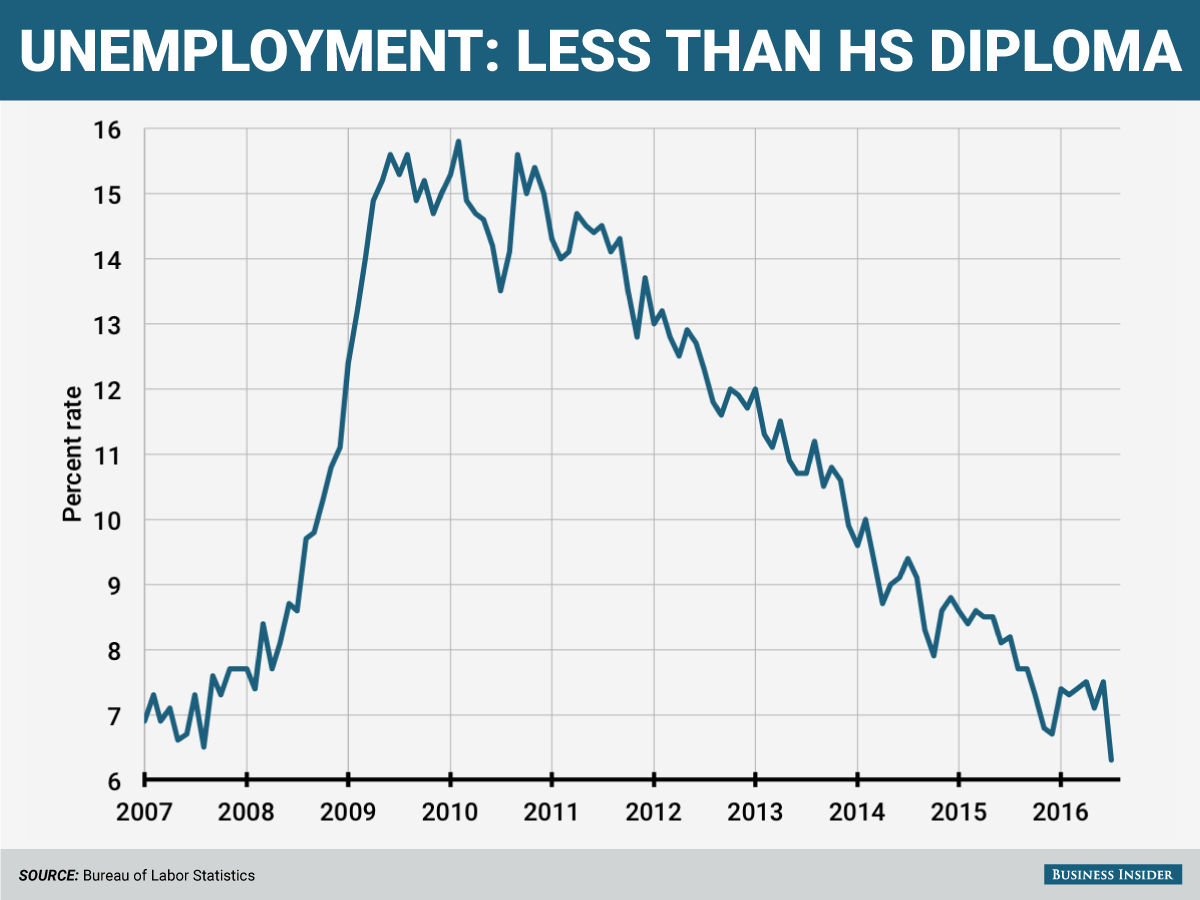- Joined
- Nov 28, 2011
- Messages
- 23,246
- Reaction score
- 18,234
- Gender
- Undisclosed
- Political Leaning
- Other
Strong U.S. employment report brightens economic outlook | Reuters
July jobs number is an all-around win.
• 255k jobs added, wildly beating the expected 180k
• June revised up to 290k jobs added
• Unemployment stays at 4.9%
• Labor force participation rate inched up
• Wages inched up
• U6 is still holding at 9.6% (which is 1% lower than June 2015)
“This was everything you could have asked for, maybe more,” said Michelle Meyer, head of United States economics at Bank of America Merrill Lynch.
July jobs number is an all-around win.
• 255k jobs added, wildly beating the expected 180k
• June revised up to 290k jobs added
• Unemployment stays at 4.9%
• Labor force participation rate inched up
• Wages inched up
• U6 is still holding at 9.6% (which is 1% lower than June 2015)
“This was everything you could have asked for, maybe more,” said Michelle Meyer, head of United States economics at Bank of America Merrill Lynch.

